
All categories
Featured selections
Trade Assurance
Buyer Central
Help Center
Get the app
Become a supplier

(277 products available)







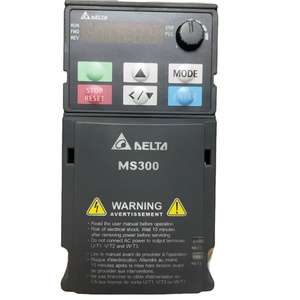













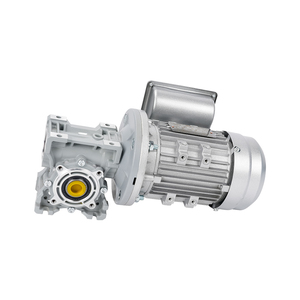
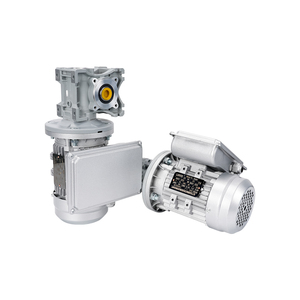

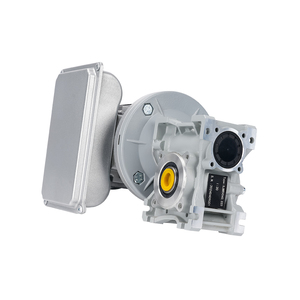





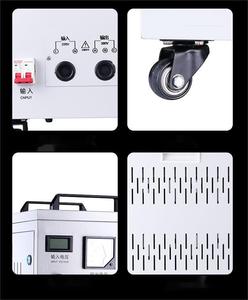















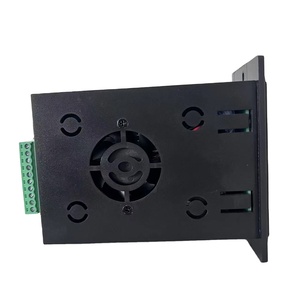
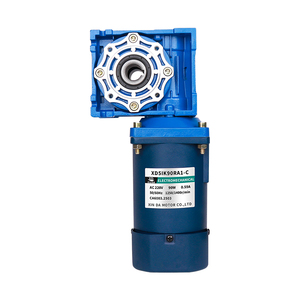
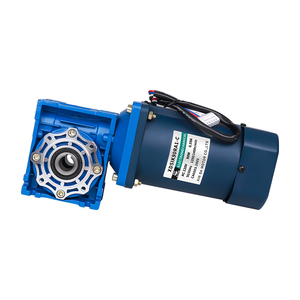




A three-phase motor, which is common in larger electrical equipment, operates effectively with a three-phase energy system, while single-phase forward-reverse models provide more manageable power solutions for smaller motors.
Here is a rundown of the various types:
Single-phase forward and reverse motor
This motor moves by the single-phase current, which means it can easily be used in households and light industries, which tend to use subs. The forward and inverse changing of the phase technique helps the motor drive in opposing and driving developments. Thus, it is useful for applications where a change of rotation dynamism is needed, for instance, in lifts or conveyors in small sizes.
Single-phase permanent split capacitor (PSC) motors
PSC motors have a capacitor that is permanently attached to one of the windings of the motor. This gives it better torque than other simple single-phase motors. These motors are used in different household and small industrial tools, and they offer reliable functionality under constant work conditions.
Single-phase capacitor start and run motors
The starting winding of these motors has a capacitor applied to it, which extra torque is provided at the starting up of the motor. Another running phase capacitor is added, allowing smooth operation. Because of these features, these motors are used in drive applications where the load varies.
Reversible induction motors
Induction motors are types of AC motors that operate without using DC. Reversible induction motors have the capability to work in two different rotational directions. These motors are extremely robust and hardly need any maintenance work. These motors are mostly applied in industries and heavy mechanical plants.
Single-phase series wound DC motors
These motors have both fields and armature windings in series. This means higher torque is achieved in the motor, especially during startup. The motion direction can be changed by changing current direction. Series wound DC motors are employed in devices requiring high torque, such as cranes and electric vehicles.
Frame and housing
The frame of this motor is made of cast iron or aluminum alloy framed to protect the parts inside the motor. Aluminum, lighter and corrosion-resistant, can be used inside components. However, iron is more robust and used in many applications requiring more strength. A sturdy outer case also prevents unnecessary damage to the motor components from external elements such as dust and water.
Stator and rotor construction
Both of these are the two crucial components inside a magnetic motor. The windings are copper to offer high conductivity. Insulation on the copper wire is done using high-temperature-resistant materials to prevent breakdown in wiring. Copper was chosen for the rotor due to its conductivity, which allows efficient energy conversion. The standoffs are made up of steel laminated, which helps reduce eddy currents and prevent loss of energy.
Bearings
Bearings are made of steel alloys as they need to take the stresses inside the motor. Some high-quality bearings are outside the washing that holds the wash inside grease, hence reducing the washing wear that might occur due to friction. Sealed bearings also provide well closed against the foreign materials that come in to hinder their operation, but they eventually have a limited lifespan and some time need to be replaced.
Electrical components
The single-phase forward reverse has a durable capacitor that is crucial for the functioning of the motor. The component is usually made with dielectric material capable of withstanding great voltage. Capacitors have either a metal foil or a polymer that acts as a dielectric, enabling the tool to function for many years. Resistors and other electronic components also employ silicon, which is a long-lasting semiconductor.
Anti-corrosion coating
For the motors used in humid or corrosive environments, anti-corrosive coatings are used on the external parts of the motor. The coating may be epoxy or polyurethanebased. Both have excellent protection against water invasion and oxidization. The protection coating allows the device to be operational for many years with minimal maintenance.
Industry
The common large devices are run from single-phase power sources in manufacturing enterprises. They drive fans, pumps, conveyors, and compressors, which are critical for normal operations. These motors can easily and cheaply run smaller machinery where three-phase current is unnecessary.
HVAC systems
A large number of heating, ventilation, and air conditioning systems use single-phase forward and reverse motors. They drive compressors, fans, and pumps, hence circulating refrigerants and air and keeping the optimal space temperatures. These motors provide reliability and efficiency in cooling and heating systems.
Commercial kitchen equipment
Forward-reverse motors are applied in many kitchen gadgets conglomerates use, and these include refrigerators, mixers, and exhaust hoods. They help these devices function by providing different rotation and helping in food preparation, storage, and ventilation. In addition, the durability and versatility of these motors make them suitable for commercial cooking environments.
Automotive industry
Single-phase capacitors start and run motors are found in the auto industry, where they are generally used to power various equipment, especially those that need smooth rotations. They operate devices such as fans, pumps, and alternators to keep vehicles functional. Their compactness makes them fitting for many car applications.
Material handling systems
Many warehousing and distribution systems employ these motors to mitigate and move materials. They drive conveyors, lifts, and other handling equipment, which supports transport and load manipulation. Single-phase motors' versatility is ideal for the fluctuations in the functions of handling materials.
Renewable energy systems
The systems using solar power, like photovoltaic panels and inverters, contain a single-phase forward and reverse motors. These motors help in the changing of energy from the DC to the AC current. This motor allows the utilization of solar power in many commercial electrical systems.
Functional requirements
There is a need to analyze how the motor will be used in the system. Here, the load type to be driven, the required torque, and speed should be considered. A reversible motor will be the best in applications where there is a need to change direction. At the same time, the capacity motor should be able to handle the operational power demand without incurring overheating or excessive strain.
Power and efficiency
It is important to select a motor that is properly powered. Higher efficiency means that less electricity is wasted as heat, lowering operational costs and giving a better life. Ideally, energy-efficient motors should be chosen, as this lowers electricity consumption and increases sustainability in the enterprise.
Environmental conditions
It is also necessary to consider the environment in which the motor will be operating. In this case, a safeguard against moisture, dust, or extreme temperatures is highly needed. Sealed and coated motors provide protection from some of the foreign materials that come in to hinder motor operation and with minimal maintenance.
Control system compatibility
The compatibility of the motor with the control system used in the application should also be considered. In this case, ensure that the control technology requested can perform with a reversible motor and that the installation of the control components can adequately support the motor functioning. This helps avoid future incompatibilities.
Costs and maintenance
The upfront costs of the motor and the long-term maintenance requirements should be evaluated when selecting a motor. Sometimes, efficient and durable motors have high initial costs, but they can save money over time on energy or repairs. Understanding the needs for maintenance helps select a motor with a lower frequency of required service.
Q1: What is the significance of phase difference in motors?
The difference in phase between a single-phase forward and a reverse motor is about the operation. Single-phase motors have one power phase of electrical current, and simply an electrical current flows through the motor. Conversely, in a single-phase forward/reverse motor, a mechanism shifts the phase of electrical power to enable it to run in two different rotational directions, with the current phase simply reversing the phase of motor operation.
Q2: What are some of the common applications of a single-phase forward-reverse motor?
These motors are widely found in household appliances like fans, and power tools. They are also used in smaller industrial equipment requiring direction changes for tasks like conveying materials. It's their versatility and compactness that make them fitting for applications with power requirements for maximum operational efficiency.
Q3: Is maintenance required for these hybrid motors?
Every motor has certain maintenance needs. However, these single-phase forward and reverse motors require relatively low maintenance, as do any other systems with sealed bearings and protective housings. But routine lubrication, cleaning, and inspection ensure the motor continues its operation smoothly and extends its lifespan.
Q4: How does this type of motor differ from a three-phase motor?
Three-phase motors have a three-phase power supply, which provides smoother and more efficient operations in high-load or industrial applications. These motors do not require frequent changes in direction. On the other hand, single-phase motors are more manageable in installation requirements but are limited in their output and application efficiency, especially where low loads are concerned.